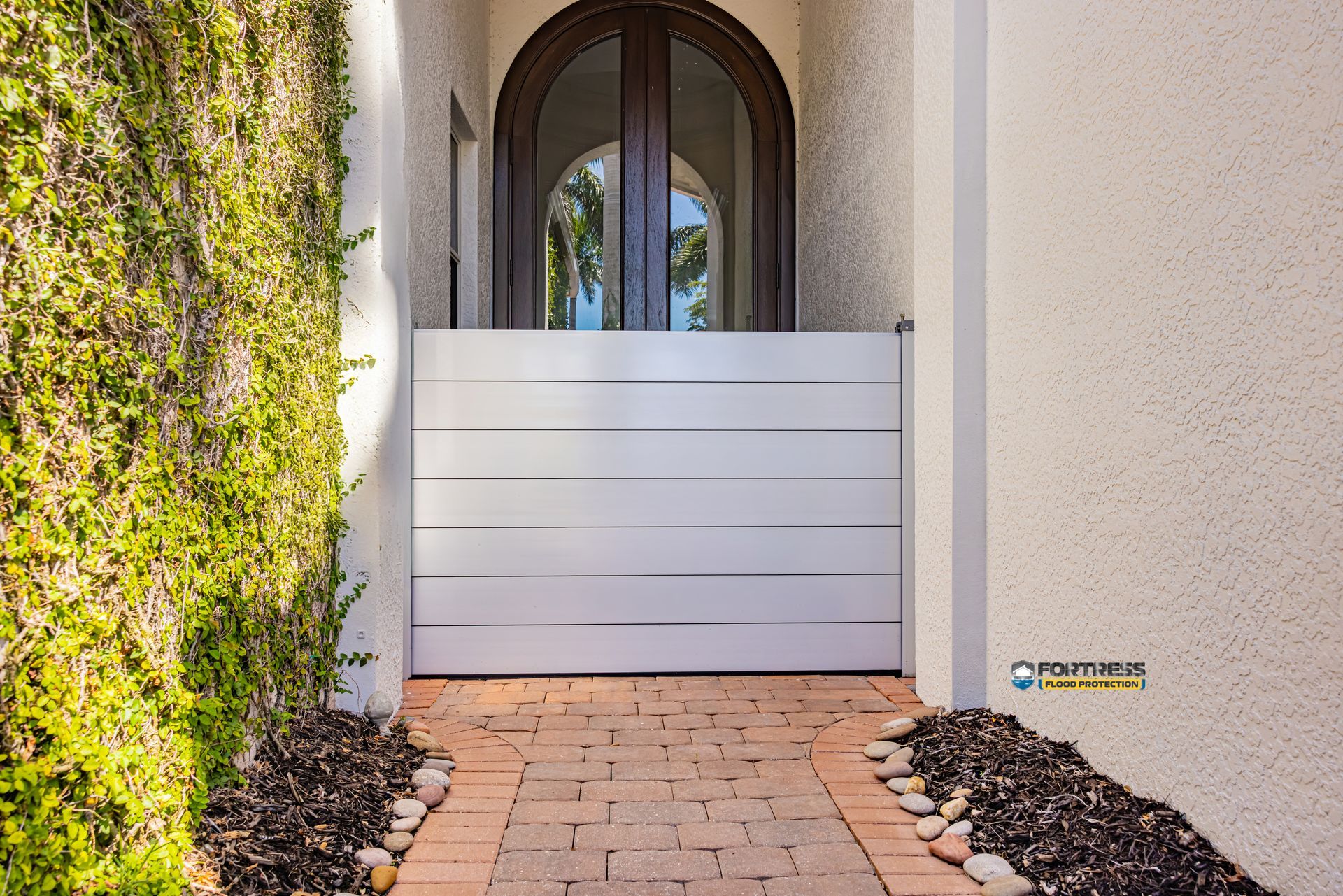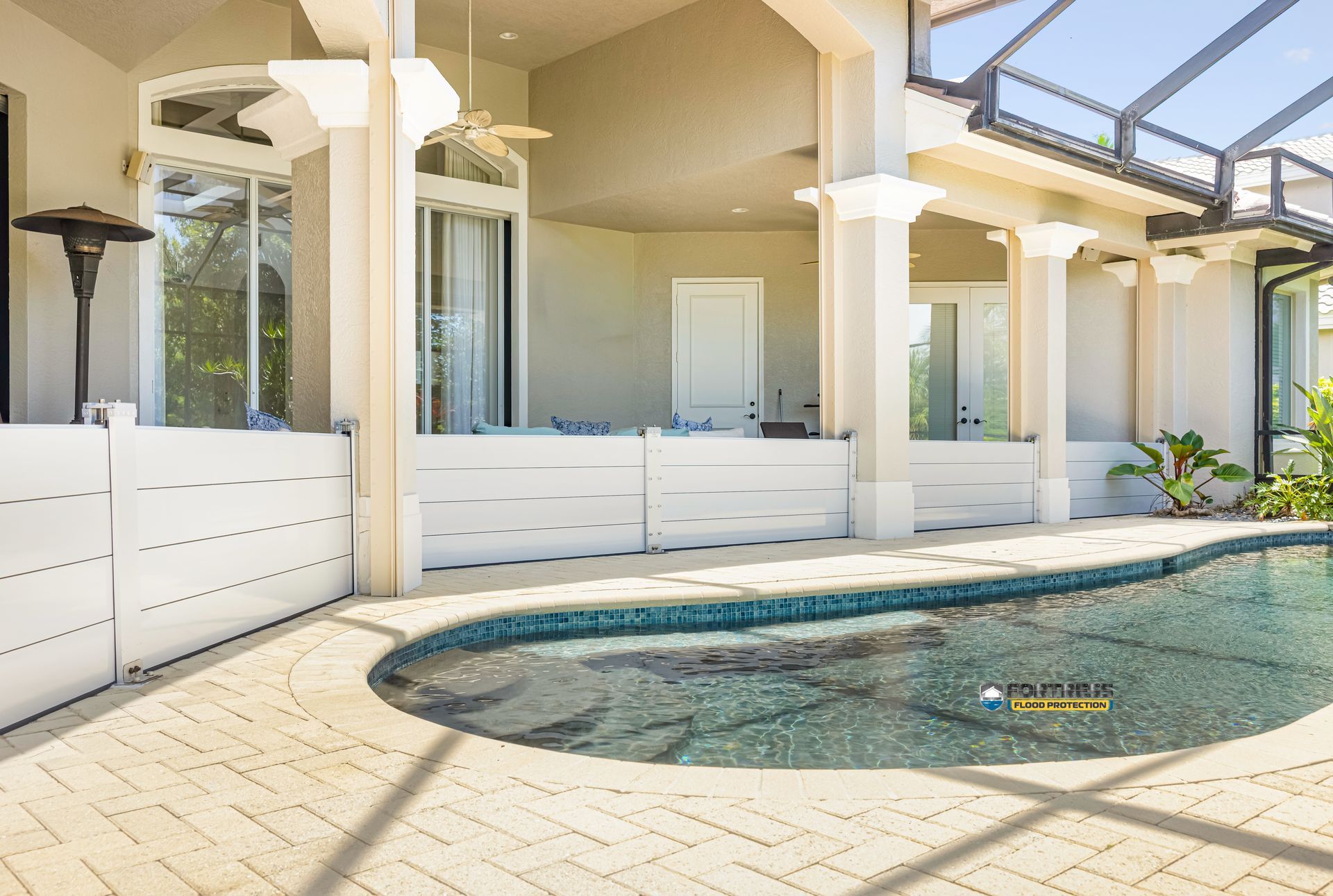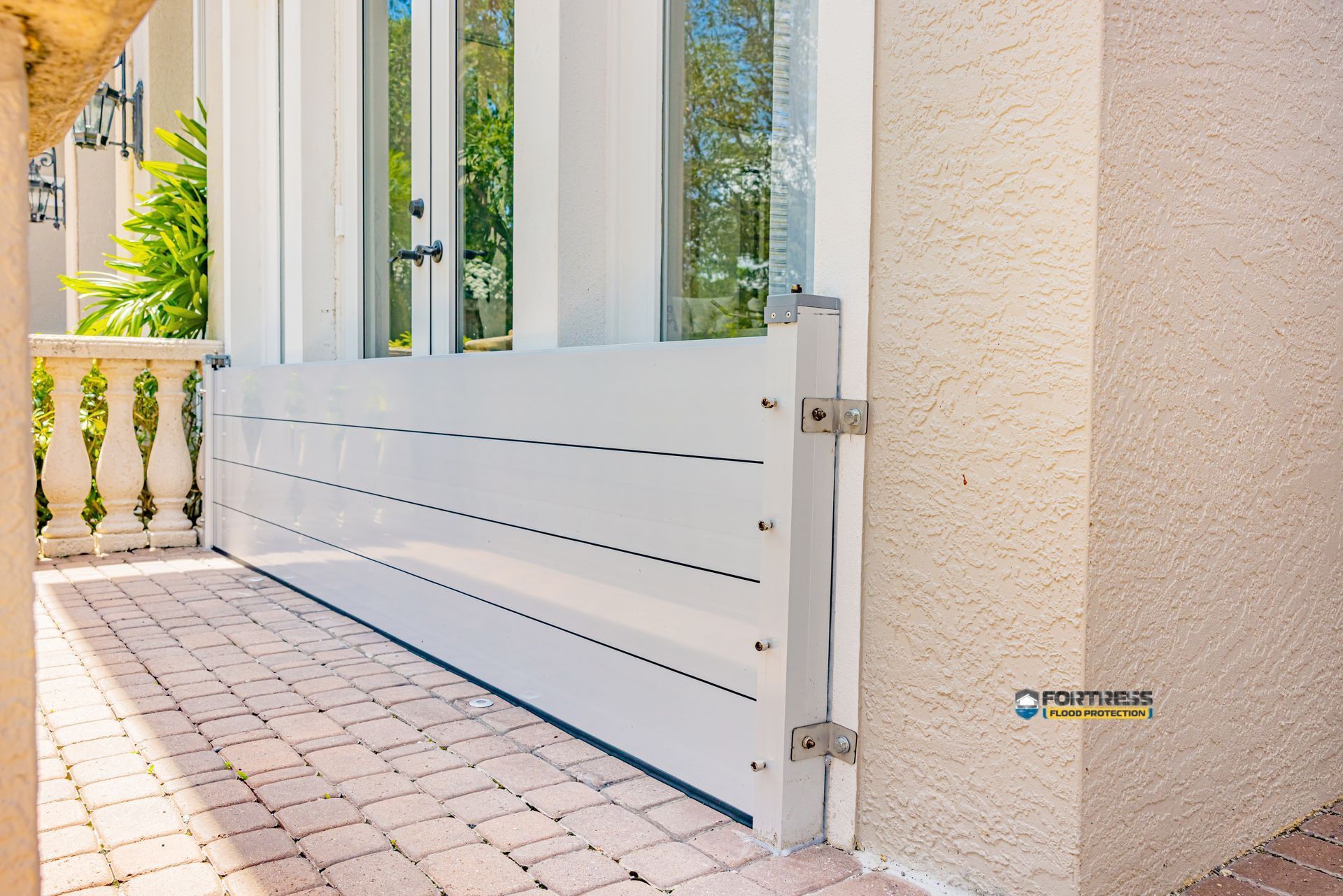Storm Preparedness in Florida and the Different Types of Floods
Storm Preparedness in Florida and the Different Types of Floods

Florida is one of the most beautiful places to live, but it’s also one of the most vulnerable to severe weather. From tropical storms to powerful hurricanes, it faces challenges every year during storm season. One of the biggest threats is flooding, which can occur in several different forms depending on the type of storm and the area. Being proactive about storm preparedness and understanding the types of floods that can affect Florida is necessary for protecting your home and family.
Every year, Floridians must prepare for hurricane season, which runs from June through November. The combination of high winds, rain, and storm surge can cause significant damage if you aren’t ready. Families should create an emergency kit with food, water, medications, flashlights, and first aid essentials. It’s also important to prepare for power outages by having backup batteries or generators on hand. Another aspect of being prepared is being aware of your evacuation zone and where shelters are located in the area. Having a plan ensures you can leave safely and quickly. Also, everyone should take steps to secure their property securing doors and windows, and most importantly, installing flood protection barriers that can help reduce damage when water levels rise.
There are several types of floods Floridians need to understand in order to prepare effectively. Coastal flooding is one of the most destructive types of flooding in Southwest Florida, which is often caused by storm surge during hurricanes. Storm surge happens when strong winds push seawater onto the land, quickly flooding homes, roads, and entire neighborhoods. This type of flooding can be catastrophic for barrier islands, beach communities, and properties along bays. Even a few feet of storm surge can cause severe damage. While many people associate floods with the ocean, inland flooding is also a concern across Florida. When heavy rain falls for an extended period, lakes, and drainage systems can overflow. Low-lying areas and regions with poor drainage are especially vulnerable. Inland flooding can happen hundreds of miles away from where a hurricane makes landfall, making it a risk for nearly every part of the state.
Another dangerous type of flooding is flash flooding, which occurs suddenly after powerful rainfall. Florida’s subtropical climate makes it especially prone to heavy downpours, and when the ground becomes saturated, water builds up fast. Flash floods can happen in minutes and are extremely dangerous because they leave very little time to react. These events can wash out roads, damage vehicles, and sweep through neighborhoods with alarming speed.
Storm preparedness in Florida is not optional—it’s a way of life.
By creating a plan, securing your property, and understanding the types of floods that threaten the state, you can better protect your loved ones and minimize the risks that come with hurricane season. Don’t wait, be prepared!
Fortressfloodprotection.com
(239)-366-9776


